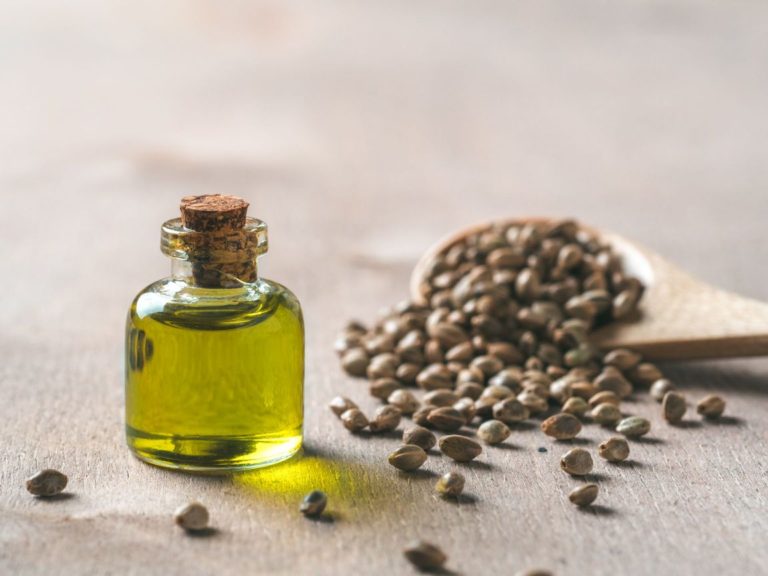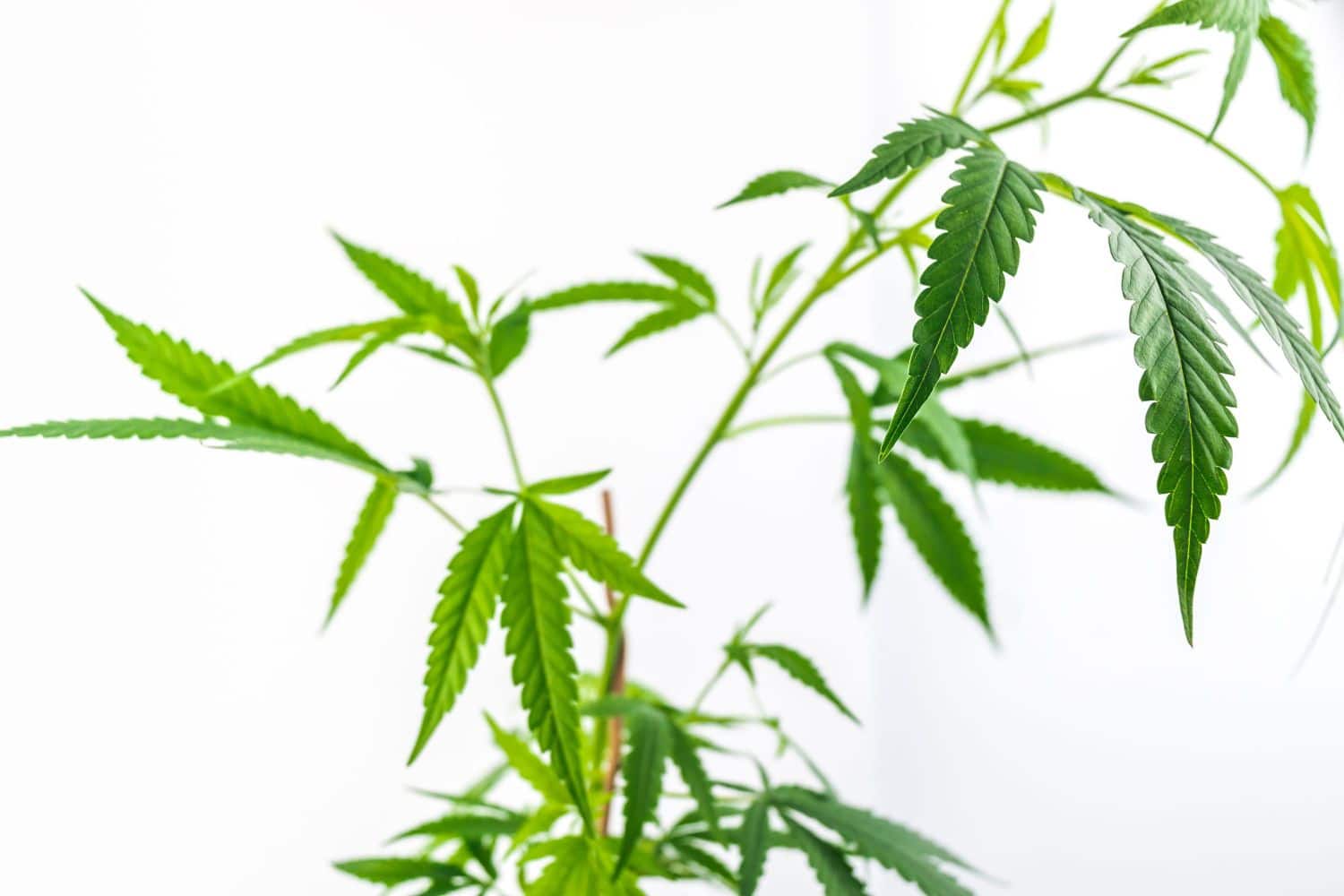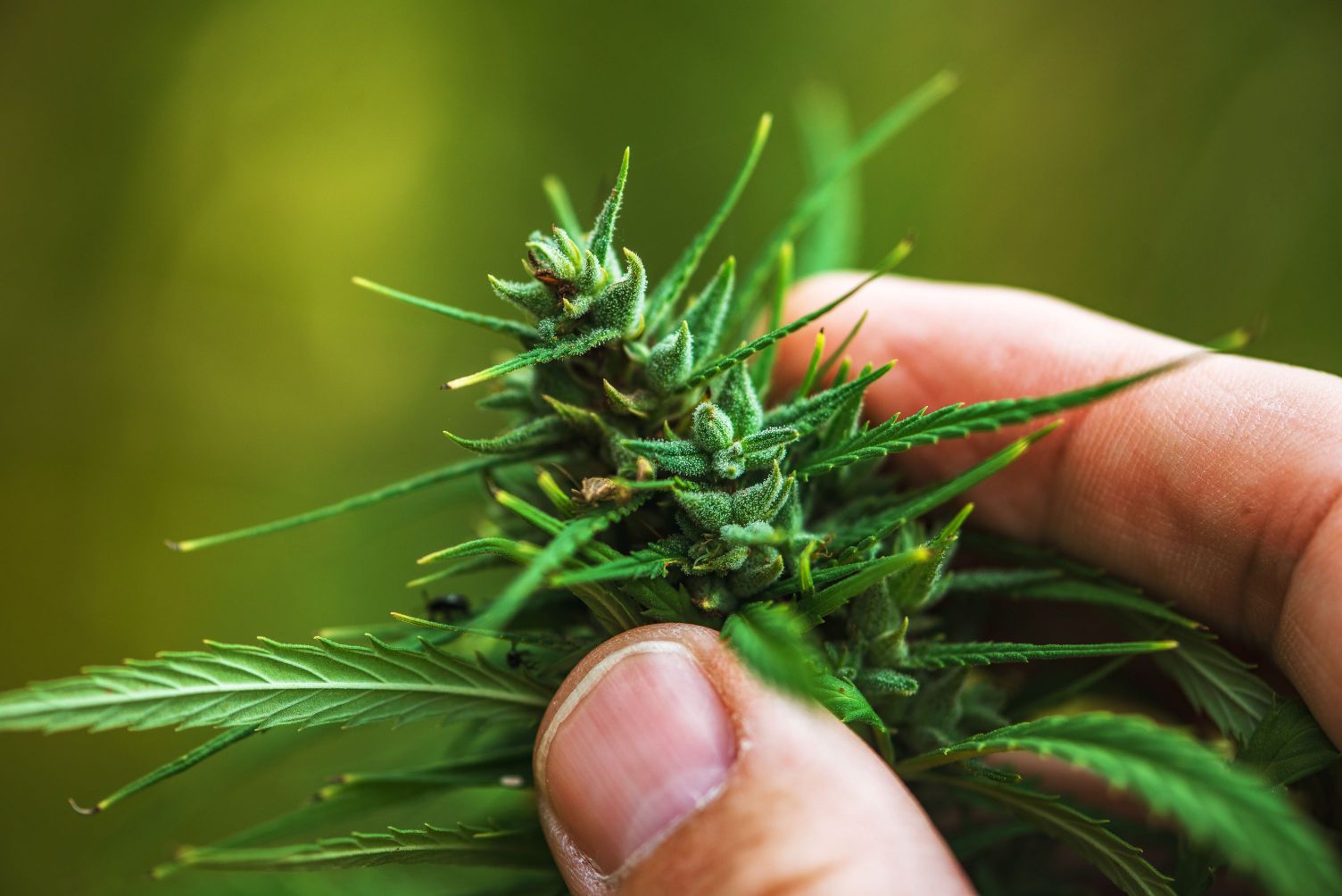
Our Guide to the Parts of a Hemp Plant
Likely one of the first cultivated plants due to its use in creating textiles, hemp isn’t exactly a modern discovery.
Though hemp was illegal for decades, the historic Hemp Farming Act of 2018 finally allowed farmers to grow it in the US, leading to better access to this sustainable plant. And with the growing popularity of CBD, and hemp’s uses in an estimated 25,000 products, it’s a great time to learn more about this amazing superfood!
All four parts of a hemp plant have varied uses, meaning this healthy plant never ceases to impress. Read on to learn the many ways we use hemp today.
Hemp Seeds
Technically a nut, the mighty hemp seed is a nutritionally complete food that’s also rich in proteins. It’s a great source for essential omega 3 and omega 6 fatty acids, including arginine and gamma-linolenic acid (GLA).
These are critical dietary fats the human body can’t produce on its own, but they have a range of benefits, including boosting your immunity and improving your heart health. These fatty acids make hemp seeds popular with vegans and vegetarians, who can’t get them through animal products, as well as athletes who seek them for their anti-inflammatory properties.
Furthermore, hemp seeds are a great source of vitamins B and E, as well as minerals like iron, calcium, potassium, phosphorus, and zinc.
Thanks to its nutritional benefits, hemp is used to make a huge range of healthy foods, including the following:
- Hemp seed milk, an alternative to traditional dairy
- Hemp coffee, which blends coffee and hemp seeds for a healthier caffeine beverage
- Hemp seed tea, a twist on traditional natural remedies
- Hemp seed flour, a gluten-free and healthy option for health-conscious eaters
Of course, hemp seeds can also be added to recipes, or used to top salads, smoothies, yogurt, and more, just like any other seed!
Beyond nutrition, hemp seeds are also used to make sustainable fuel. Containing about 30% oil, hemp seeds were historically used as lamp fuel in some parts of the world. Today, this oil is used to produce biofuel—more than 800 liters per hectare per year. It can also be used to make ethanol, and since hemp needs lower-quality conditions for growth than corn or wheat, it’s a much more eco-friendly option.
Hemp Stalks
Hemp plants can reach up to 10-18 feet when fully grown. There are two parts to hemp stalk, the bast and the hurd, and both are used to create hemp products.
The bast is composed of the long, durable fibers in the stalk. These fibers have been used to make textiles for thousands of years, for everything from heavy cords to fine silk. (Fun fact: the word “canvas” actually derives from “cannabis!”)
The hurd, also called shives, is the shorter and woodier fiber in the inner core of the plant. Up to 70% of a hemp plant is composed of the hurd. It’s used as gardening mulch, animal bedding and litter, and in “hempcrete,” a durable and energy-efficient building material that is increasingly used in construction.

Hemp Leaves
The hemp leaves contain some of the most popular byproducts of the plant, and a wide variety of compounds can be produced from them. We’ll take a look at the most popular products below.
CBD
Cannabidiol (CBD) is quickly becoming one of the more well-known products of the hemp plant. This natural remedy is known for relieving pain and reducing anxiety, but it’s also been linked to heart health benefits, diabetes prevention, anti-tumor effects, and more.
Currently, we use CBD to safely alleviate anxiety, insomnia, chronic pain, and other health issues. And over time, we’ve also come to understand the range of amazing benefits CBD offers to our pets as well. From its stress relief to anti-inflammatory effects, CBD can be helpful for pet owners who want to support their pet’s overall well-being and health.
THC
Tetrahydrocannabinol (THC) is a compound responsible for the psychological effects of marijuana. Both hemp and cannabis can be used to produce THC and CBD, but hemp contains more CBD while cannabis has more THC.
It’s important to note that hemp has almost no THC (less than 0.3%), so hemp-derived CBD oil won’t exceed this amount of THC.
Hemp Essential Oils
Hemp essential oils are another byproduct of these plants. They’re highly concentrated and used for a variety of reasons, from their anti-aging and anti-breakout properties to inflammation and pain relief.
Raw Leaves
Finally, the raw leaves are nutritious and full of the same vitamins, minerals, and fatty acids as the seeds. They also contain polyphenols, antioxidants with anti-aging properties, as well as digestible globular proteins.
Hemp Roots
The medicinal qualities of hemp roots have been documented and used for millennia for everything from healing fevers to easing the pain from childbirth.
Today, they’re used as a natural remedy for a variety of issues, including relief from the symptoms of PMS, treatment for inflammatory arthritis, relief for joint pain, easing skin burns, and treatment for fevers.

The Amazing Parts of a Hemp Plant
It’s clear to see that hemp is one of the most versatile plants we have available to us. The parts of a hemp plant offer us everything from medicinal and calming benefits to a source of fuel to building materials and textiles—and that’s before we start considering all the ways to put it into foods!
To learn more about the amazing properties and uses of hemp, or to see how you can use it to promote your pet’s health, check out our other blogs or contact us with questions!

